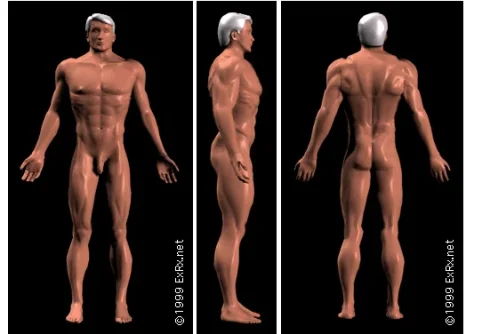Endocr Connect. 2019 May 1. pii: EC-19-0216. doi: 10.1530/EC-19-0216. [Epub ahead of print]
Hormonal and metabolic substrate status in response to exercise in men of different phenotype (body types)
Chycki J1, Zajac A2, Michalczyk M3, Maszczyk A4, Langfort J5.
Abstract
OBJECTIVES:
The present study verified the effect of moderate to high intensity aerobic exercise on the endocrine response profile and adipose tissue in young healthy men with different phenotype characteristics.
DESIGN:
Eighteen men were divided into three experimental groups with defined body components and specific physical fitness: Endurance phenotype - EP (n=6; low body mass; low fat content; aerobic endurance trained), Athletic phenotype - AP (n=6; high body mass; low fat content, resistance trained), Obesity phenotype - OP (n=6; high body mass; high fat content, untrained).
METHODS:
The participants performed an progressive exercise protocol on a treadmill (30% VO2max, 50% VO2max, 70% VO2max), separated by 45s of passive rest for blood collection.
RESULTS:
Plasma glucose oxidation increased in relation to exercise intensity, but to a greater extent in the AP group. The free fatty acids plasma level decreased with a rise in exercise intensity, but with different kinetics in particular phenotypes. Plasma growth hormone increased after the cessation of exercise, and was significantly higher in all groups 45 minutes into recovery compared to resting values. Plasma insulin decreased during exercise in all groups, but in the OP, the decrease was blunted.
CONCLUSIONS:
The results indicate that the rate of lipolysis, hormonal and metabolic response to aerobic exercise depends on the individuals phenotype. Thus, exercise type, duration and intensity have to be strictly individualized in relation to phenotype in order to reach optimal metabolic benefits.



